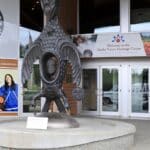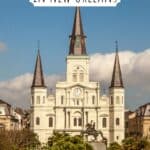Visiting the Anchorage Museum: A Cultural Exploration of Alaska’s Heritage and Native American Legacy
The Anchorage Museum, located in the heart of Alaska’s largest city, stands as a beacon of the state’s rich cultural history and diverse heritage. As a dynamic institution dedicated to both preserving and sharing Alaska’s past, the museum offers a unique window into the lives of the Native American communities of the region, the natural wonders of the Alaskan environment, and the pivotal moments in the state’s development. For visitors and residents alike, the Anchorage Museum serves as an educational and cultural hub that celebrates the complexity and depth of Alaskan culture while highlighting the historical contributions of Native Alaskan communities. While visiting the Anchorage Museum you can examine its role in preserving Alaskan culture, showcasing Native American heritage, and fostering a deeper understanding of Alaska’s historical and contemporary issues.
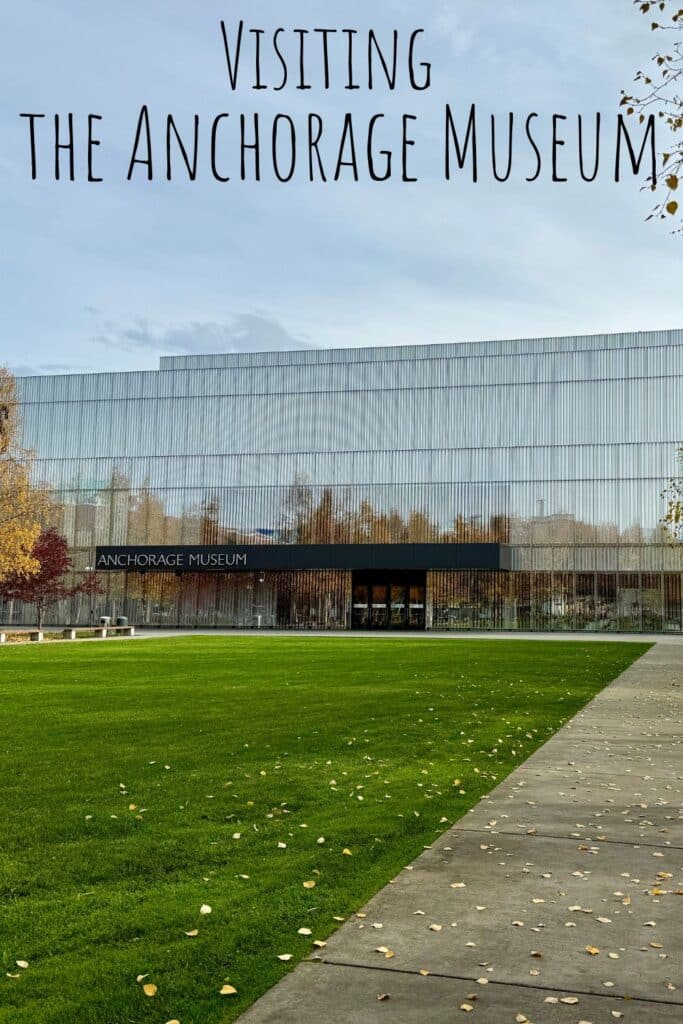
The Anchorage Museum: An Overview
The Anchorage Museum, formally known as the Anchorage Museum at Rasmuson Center, was established in 1968 and has since grown into one of Alaska’s premier cultural institutions. The museum’s exhibitions encompass a wide range of topics, including Alaskan history, Native cultures, art, science, and the natural environment. Its permanent collections feature artifacts from both indigenous Alaskan cultures and European settlers, bridging the divide between Alaska’s Native and non-Native communities in an open and honest way. Through both its exhibitions and educational programs, the Anchorage Museum serves as a repository of knowledge about the diverse peoples of Alaska, as well as the state’s natural history.
The museum’s design and layout are also key to its mission. Located in downtown Anchorage, the museum is a striking modern structure that combines elements of both native and contemporary architecture. Its various galleries house rotating exhibits, allowing visitors to engage with different aspects of Alaskan culture and history in a manner that feels both immersive and expansive. In addition to its permanent collections, the Anchorage Museum regularly hosts visiting exhibitions, offering a platform for artists and scholars from Alaska and beyond to contribute to the ongoing conversation about the state’s cultural identity.
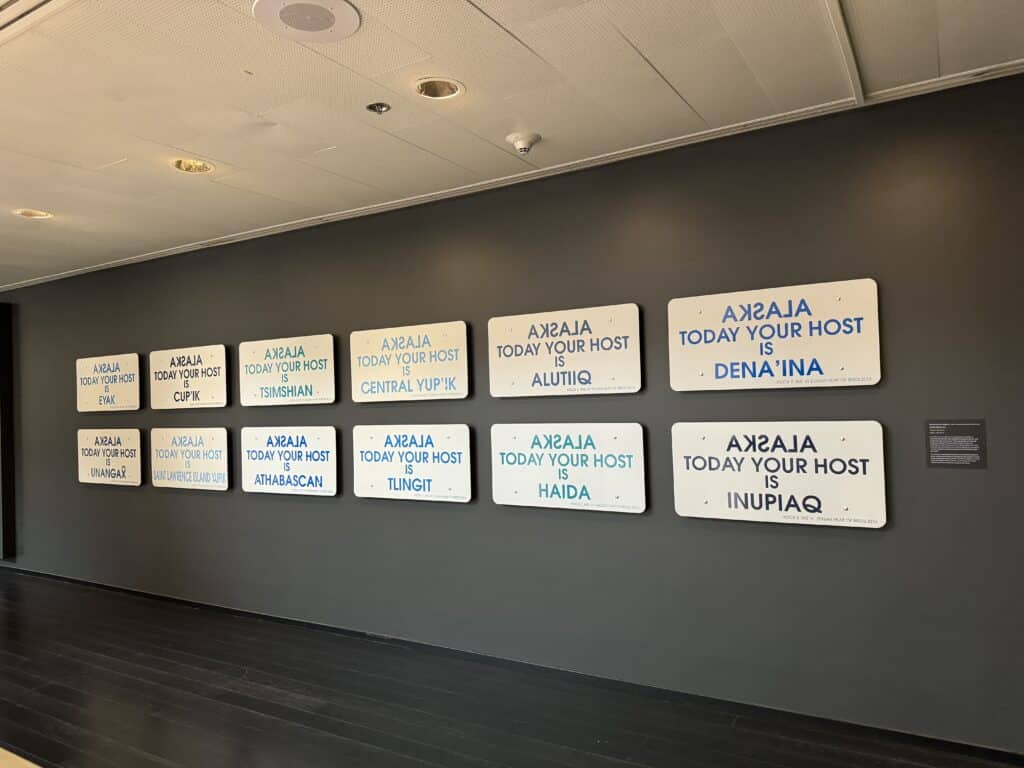
The museum boasts a planetarium, a Discovery Center for kids, and the Smithsonian Arctic Studies Center.
Native Alaskan Culture at the Museum
A central theme in the Anchorage Museum’s programming is the representation of Alaska’s Native cultures. Alaska is home to a diverse array of Indigenous peoples, including the Inuit (or Iñupiat), Athabaskan, Tlingit, Haida, and many other groups, each with its own distinct language, traditions, and ways of life. The museum’s exhibitions and collections reflect this diversity and provide an opportunity for visitors to gain a deeper understanding of the Native communities who have inhabited the land for thousands of years.

One of the most significant permanent exhibitions at the Anchorage Museum is the “Native Alaskan Cultures” gallery, which showcases the art, tools, clothing, and stories of Alaska’s Indigenous peoples. The gallery offers insights into how Native Alaskans adapted to the harsh environment of the Arctic and sub-Arctic regions. Items such as traditional kayaks, fur-lined garments, hunting tools, and intricate carvings demonstrate the resourcefulness and ingenuity of these communities. These objects are not merely artifacts; they represent a deep connection to the land and the ocean, as well as a rich spiritual and cultural heritage.
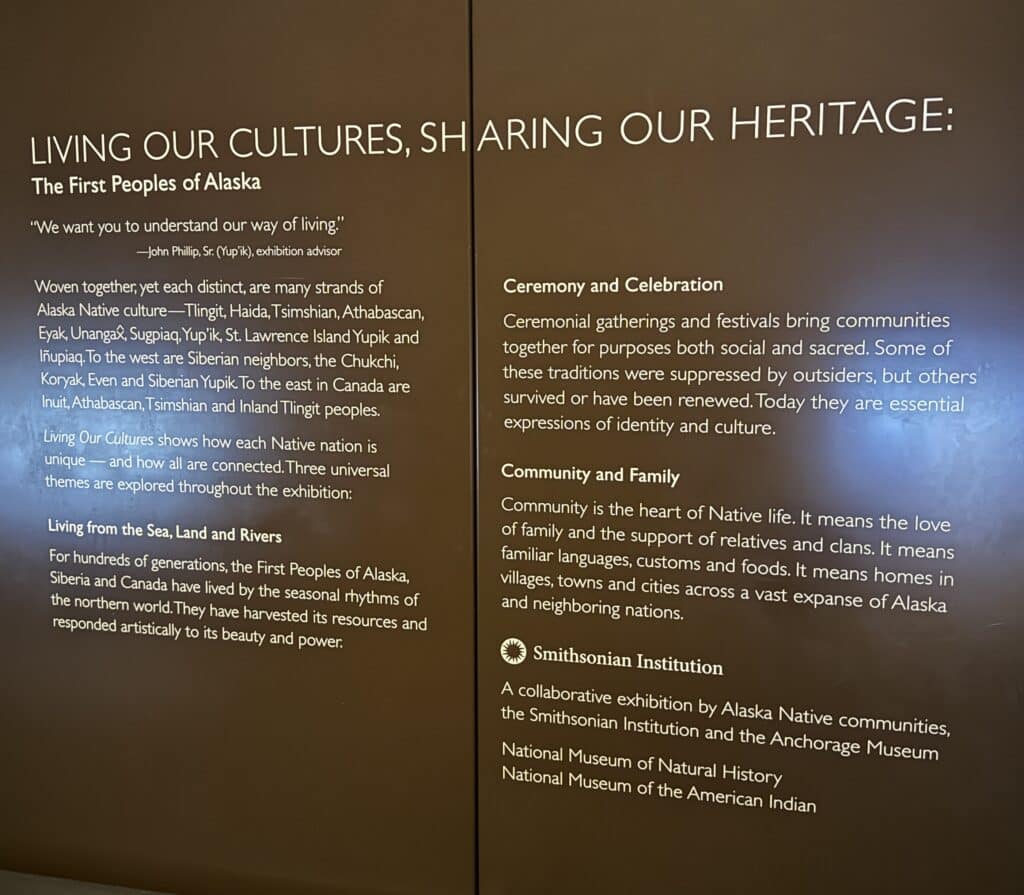
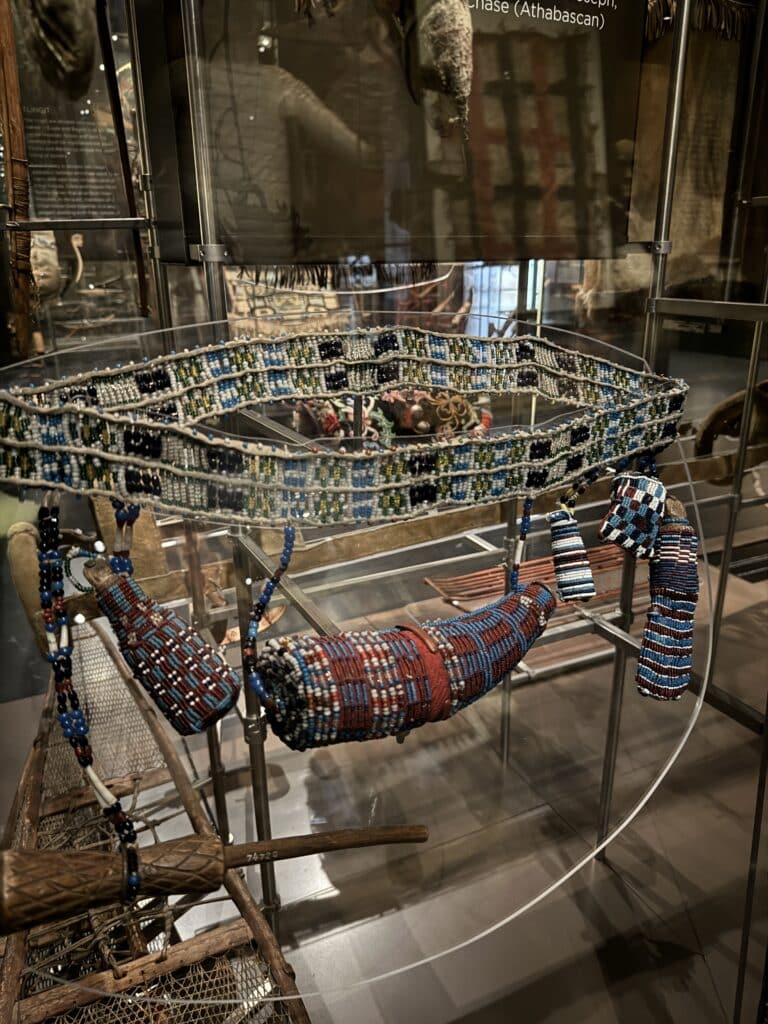
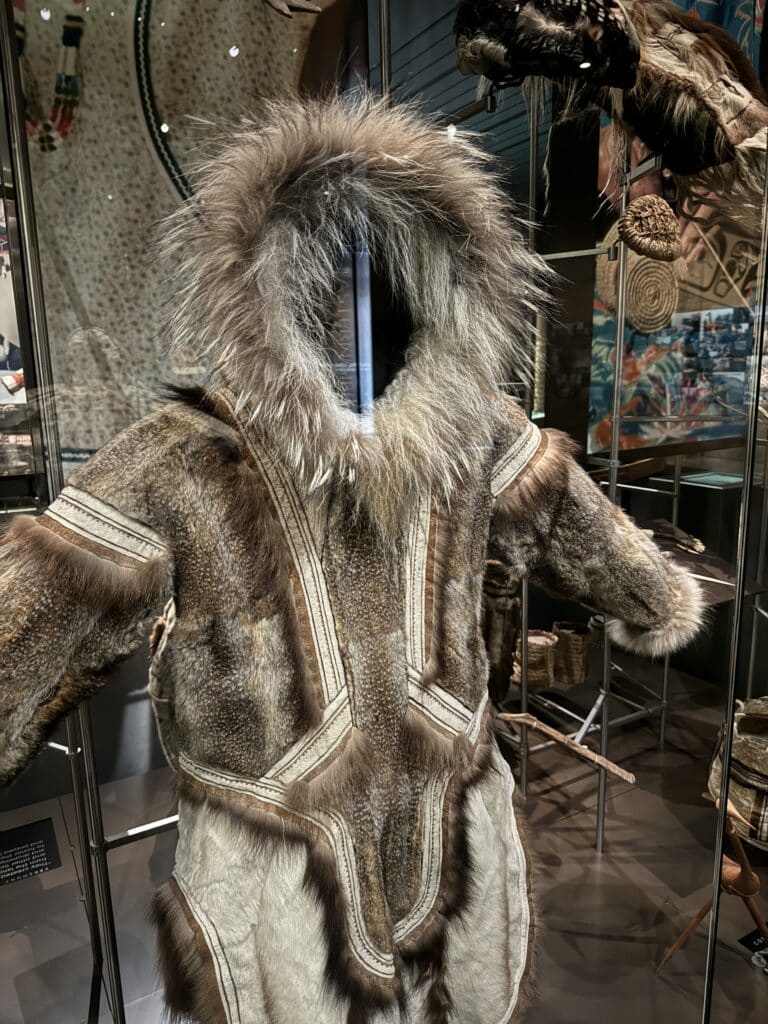
The museum’s collection of Native art is also a focal point of its cultural programming. Alaska Native art is known for its vibrant colors, intricate patterns, and the use of natural materials like ivory, wood, and bone. Artists such as the late Bethel-based painter and sculptor George Ahgupuk and the contemporary Tlingit artist Preston Singletary, whose glass works are widely celebrated, are featured prominently in the museum’s galleries. By showcasing both historical and contemporary Native Alaskan art, the museum highlights the continuity of cultural practices and the ongoing creative expressions of Native peoples in modern times.

Another important aspect of the Anchorage Museum’s focus on Native cultures is its role in promoting understanding and dialogue about the challenges that Native communities have faced historically and continue to face today. The effects of colonization, the loss of land, forced assimilation policies, and the social and economic struggles that many Native Alaskans face are explored through exhibitions and programming. These narratives are vital for fostering a more nuanced understanding of the complexities of Native Alaskan life and identity.

The Anchorage Museum and Native American History
While the Anchorage Museum’s primary focus is on Alaskan Native cultures, its importance extends beyond just the regional context. The museum offers a broader understanding of the intersection between Native American history in Alaska and across the continent. Many of the challenges faced by Alaska’s indigenous populations—such as forced relocation, land dispossession, and cultural erasure—are shared by Native American communities across the United States.
For example, the museum explores the impact of European colonization on Alaska’s Native populations, drawing parallels with the histories of Native communities in the Lower 48 states. Through exhibitions that detail the arrival of Russian settlers, the establishment of the U.S. government in Alaska, and the imposition of policies aimed at assimilating Native Alaskans into Western ways of life, the museum addresses the painful legacy of colonization. The ongoing struggle for land rights, the fight to preserve indigenous languages, and the resurgence of Native cultural practices are also important themes that resonate not only with Alaskan communities but with Native Americans across the continent.
In this context, the Anchorage Museum can be seen as an important institution in the larger movement for Native American sovereignty and rights. By offering a platform for Native voices and stories, the museum plays a role in the broader struggle for the recognition and celebration of indigenous cultures throughout North America. It is a space where visitors can learn about the resilience of Native peoples and their ongoing contributions to society, as well as the struggles they continue to face in a modern world that often marginalizes them.

The Museum as a Site of Education and Reconciliation
One of the most important roles of the Anchorage Museum is as an educational institution. Its exhibitions, programs, and public events are designed not only to showcase the culture and history of Alaska’s indigenous peoples but also to educate the broader public about the importance of cultural preservation, historical understanding, and reconciliation. This is especially important in a state like Alaska, where the legacy of colonization and the displacement of Native peoples continues to shape contemporary issues.
The museum’s educational programs, such as its school tours, community outreach efforts, and partnerships with local Native organizations, are designed to engage both children and adults in conversations about the history and culture of Alaska’s Native peoples. These programs provide an opportunity for Native Alaskan students to see their cultures reflected in a positive light and for non-Native Alaskans to learn about the rich diversity of the state’s population. For visitors from outside Alaska, the museum offers a vital introduction to the complexity of Native Alaskan life and the ongoing challenges that Indigenous peoples face.
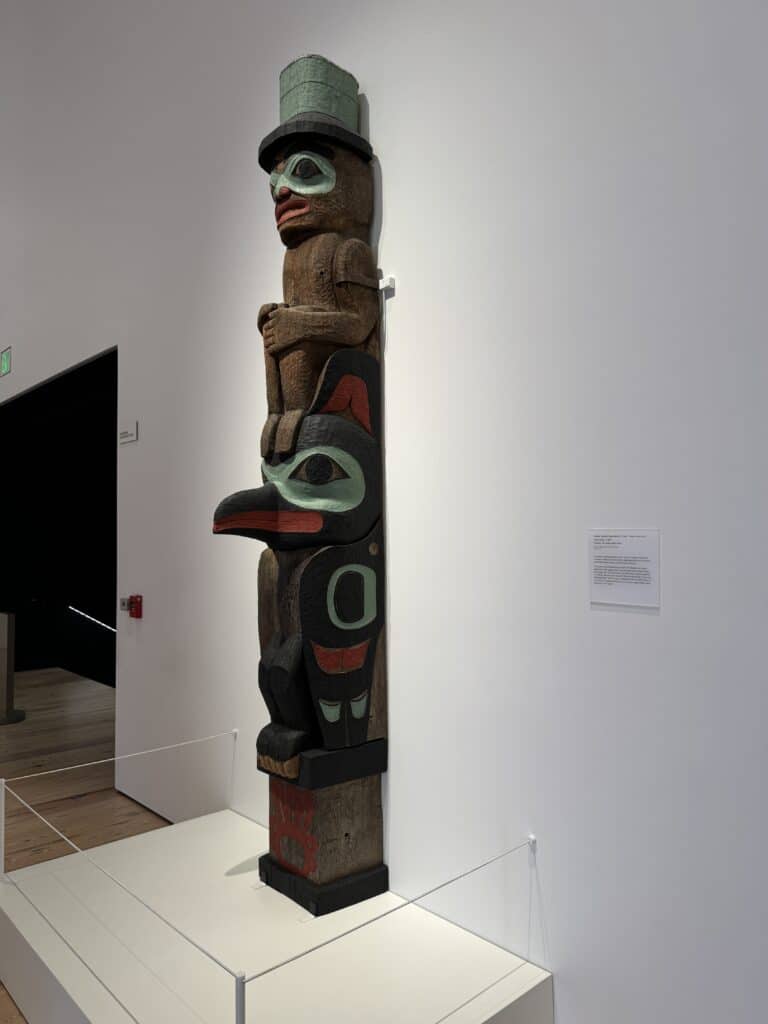
In recent years, there has also been a growing emphasis on reconciliation between Native and non-Native Alaskans. The museum actively fosters dialogue between different communities, promoting a sense of shared history and responsibility for the future. Exhibitions like “Our Voices, Our Stories,” which highlights the stories of contemporary Native Alaskans, help to amplify the voices of indigenous people and challenge stereotypes and misconceptions that persist in mainstream society. By giving a platform to Native Alaskan artists, elders, and activists, the museum supports the ongoing revitalization of indigenous languages, traditions, and cultural practices.
The Anchorage Museum and the Future of Alaska’s Cultural Landscape
The Anchorage Museum’s commitment to preserving and celebrating Alaska’s cultural diversity is more important than ever. As Alaska’s population continues to grow and change, the museum remains a vital institution for fostering understanding and respect between different communities. It serves as a reminder of the enduring presence of Native Alaskan peoples and the need to recognize and support their rights, cultures, and histories. In an era of increasing awareness about the effects of climate change, resource extraction, and cultural assimilation, the Anchorage Museum plays an essential role in raising awareness of the unique challenges that Native communities face in the 21st century.
A visit to the Anchorage Museum offers more than just an opportunity to explore the art and history of Alaska; it provides an opportunity to engage with the stories, struggles, and triumphs of Native Alaskan peoples. The museum is not only a place to learn about the past but also a space for reflection on the present and the future of Alaskan culture. As a cultural institution that honors both the richness of Alaska’s indigenous heritage and the ongoing contributions of Native peoples, the Anchorage Museum serves as a vital link between the past and the future of the state, fostering understanding, education, and reconciliation for all who enter its doors.
